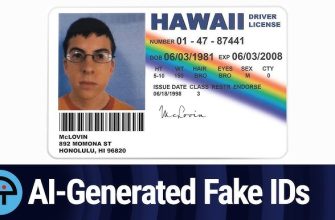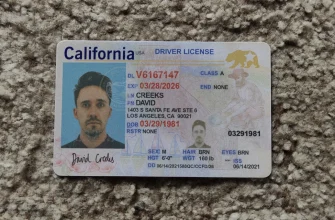In an era dominated by information and digital communication, the need for reliable verification tools has never been more pressing. Verif Tools, a platform that claims to offer robust solutions for validating information and ensuring document authenticity, has garnered attention in this space. In this article, we will critically examine the reliability of Verif Tools, exploring its features, user feedback, and potential limitations.
Understanding Verif Tools:
Verif Tools positions itself as a comprehensive solution for verifying sources and information. The platform claims to utilize advanced algorithms, digital forensics, and expert verification to ensure the authenticity of documents and data. Users are promised a reliable toolkit to cross-reference information, detect tampering, and assess the credibility of digital content.
Features:
- Cross-Referencing Capabilities: Verif Tools advertises robust cross-referencing capabilities, allowing users to compare information across multiple sources. This feature is fundamental for establishing the accuracy of data.
- Digital Forensics: The platform asserts its utilization of digital forensics techniques, such as metadata analysis and image forensics, to detect potential tampering in digital documents. These tools aim to enhance the verification process in the digital age.
- Expert Verification Integration: One of the highlighted features is the integration of expert verification. Users can reportedly seek the opinion of specialists in various fields to validate technical or specialized information.
User Feedback:
To assess the reliability of Verif Tools, it is essential to consider user feedback and reviews. Positive reviews often highlight the platform’s ease of use, quick verification processes, and the effectiveness of its cross-referencing features. However, it’s crucial to acknowledge potential biases in online reviews and consider a range of opinions.
Limitations and Challenges:
- Dependence on Digital Data: Verif Tools’ effectiveness is contingent on the availability and accuracy of digital data. In cases where information is primarily analog or lacks a digital footprint, the platform’s capabilities may be limited.
- False Positives and Negatives: Like any verification tool, Verif Tools may not be infallible. Users have reported instances of false positives and negatives, where the platform either incorrectly flagged authentic information or failed to identify manipulated content.
- Expert Verification Limitations: While the integration of expert verification is a commendable feature, the availability and response time of experts could be potential challenges. Delays in obtaining expert opinions may impact the real-time utility of the platform.
The reliability of Verif Tools appears to be a nuanced aspect, influenced by factors such as the nature of the information being verified, user proficiency, and the evolving landscape of digital content. While the platform offers promising features and has garnered positive feedback, users should approach verification tools with a discerning mindset, recognizing their strengths and limitations.
Ultimately, the effectiveness of Verif Tools in ensuring document authenticity depends on its adaptability to diverse verification needs and its ability to address emerging challenges in the dynamic information environment. Users are encouraged to conduct thorough assessments, consider user experiences, and stay informed about updates and improvements to make informed decisions regarding the reliability of verification tools such as Verif Tools.




